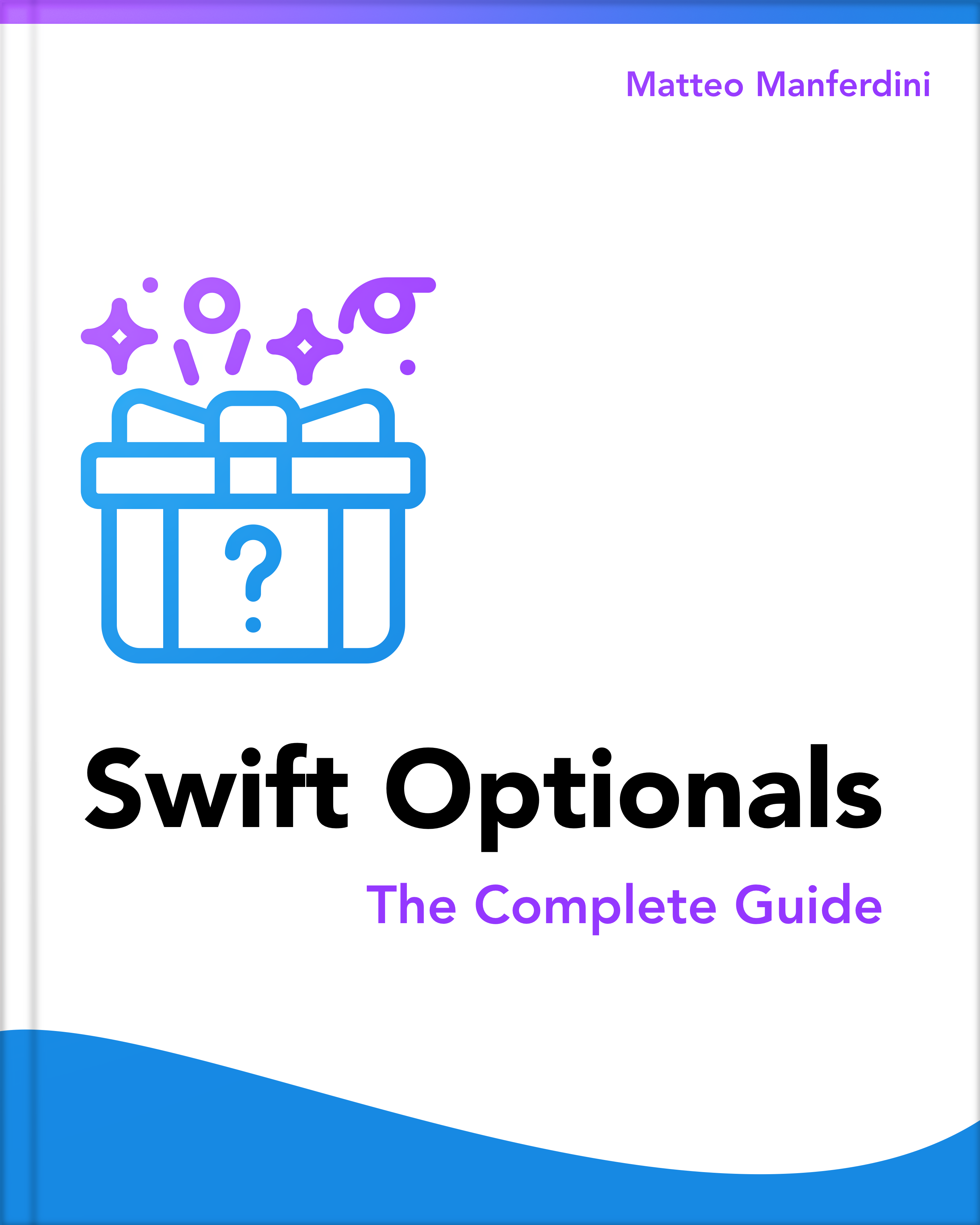For loops are a fundamental construct of programming, and even more so of making iOS apps. If you want to become an iOS developer, they are a necessary tool you need to have in your toolbox.
But more important than simply understanding how they work, is to know how to use them for the different tasks you will meet in iOS development.
So, the aim of this article is not only to show you how Swift for loops work, but how to use them to solve the most common programming problems.
Matteo has been developing apps for iOS since 2008. He has been teaching iOS development best practices to hundreds of students since 2015 and he is the developer of Vulcan, a macOS app to generate SwiftUI code. Before that he was a freelance iOS developer for small and big clients, including TomTom, Squla, Siilo, and Layar. Matteo got a master’s degree in computer science and computational logic at the University of Turin. In his spare time he dances and teaches tango.


